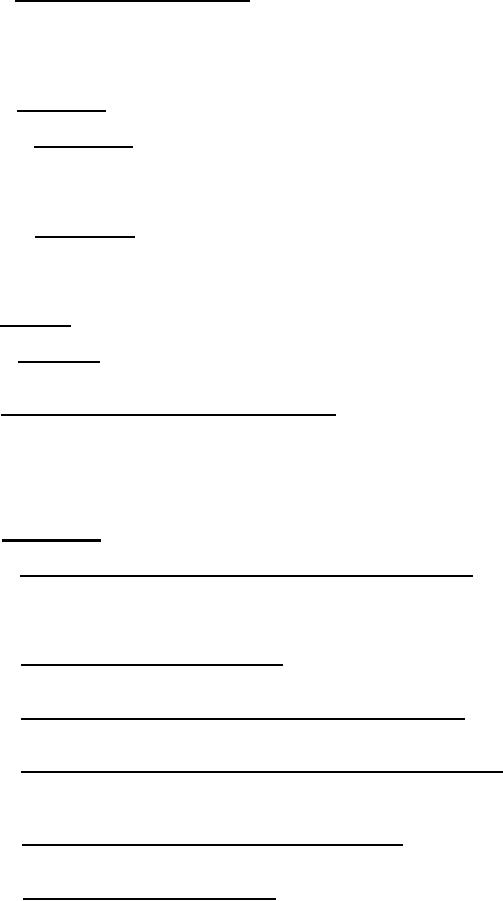 |
|||
|
Page Title:
Quantitative reliability requirements. |
|
||
| ||||||||||
|
|  MIL-M-85831(AS)
3.5.6 Visor compartment pressure. Under normal operating conditions the
pressure in the visor compartment shall be greater than the local ambient
pressure by 0.25 in. WG. With the head held still the pressure shall not exceed
the ambient by more than 0.4 In. WG. On head movement transient pressure rises
to not more than 1.0 in. WG greater than ambient shall be permitted.
3.5.7 Resistance.
3.5.7.1 Ventilation. The air flow resistance from the ventilator thru the
manifold and the hood compartments shall be such that a nominal flow of 50 1pm
and a minimum flow of 10 1 pm is achieved while maintaining a hood compartment
pressure between 0.2 and 0.4 in of water gauge.
3.5.7.2 Respiration. The air flow resistance from the ventilator thru the
manifold and the mask compartment shall be such that a nominal flow of 50 lpm
and a peak Inspiratory flow of 170 lpm is achieved while maintaining a mask
compartment pressure between 1.5 and 4.5 in. of water.
3.6 Hardware.
3.6.1 Fasteners. All fasteners, including bolts, screws, nuts, rivets,
washers and hinges shall be as specified in SD-24.
3,7 Quantitative reliability requirements. When tested in accordance with
MIL-STD-781 as specified in 4.8.4, the mean time between failure for the mask,
based on an exponential distribution of failure times, the lower single sided
907. confidence limit, shall be 500 hours. The performance requirements
specified in 3.8.1, 3.8.2, 3.8.3, 3.8.4, 3.8.5. 3.8.6, and 3.8.7 shall be the
reliability requirements for determining mean time between failures.
3.8 Performance.
3.8.1 Inspiratory and hood air supply components leakage. When tested as
specified in 4.8.2.1, the leakage rate shall be not greater than .01 in. 3/mln.
with the faceplece inlet valve sealed, and shall be not greater than 1.2
in. 3/min. with the faceplece inlet valve unsealed.
3.8.2 Mask facepiece cavity leakaqe. When tested as specified in 4.8.2.2,
the leakage rate shall be not greater than .31 in.3/mln.
3.8.3 Reverse leakage throuqh exptratory valve assembly. When tested as
specified In 4.8.2.3, the leakage rate shall be not greater than .31 in.3/min.
3.8.4 Load test on hood and mask facepiece tube connections. When tested as
specified in 4.8.2.4, there shall be no signs of slippage or damage to the hood
or mask facepiece tubes or their connections at each applied axial load.
3.8.5 Assembly leakage into the hood compartment. When tested as specified
In 4.8.2.5, the leakage rate shall be not greater than .004 in.3/mln.
3.8.6 Microphone and plug assembly. The microphone and plug assembly shall
show continuity when tested as specified in 4.8.2.6.
7
|
|
Privacy Statement - Press Release - Copyright Information. - Contact Us |